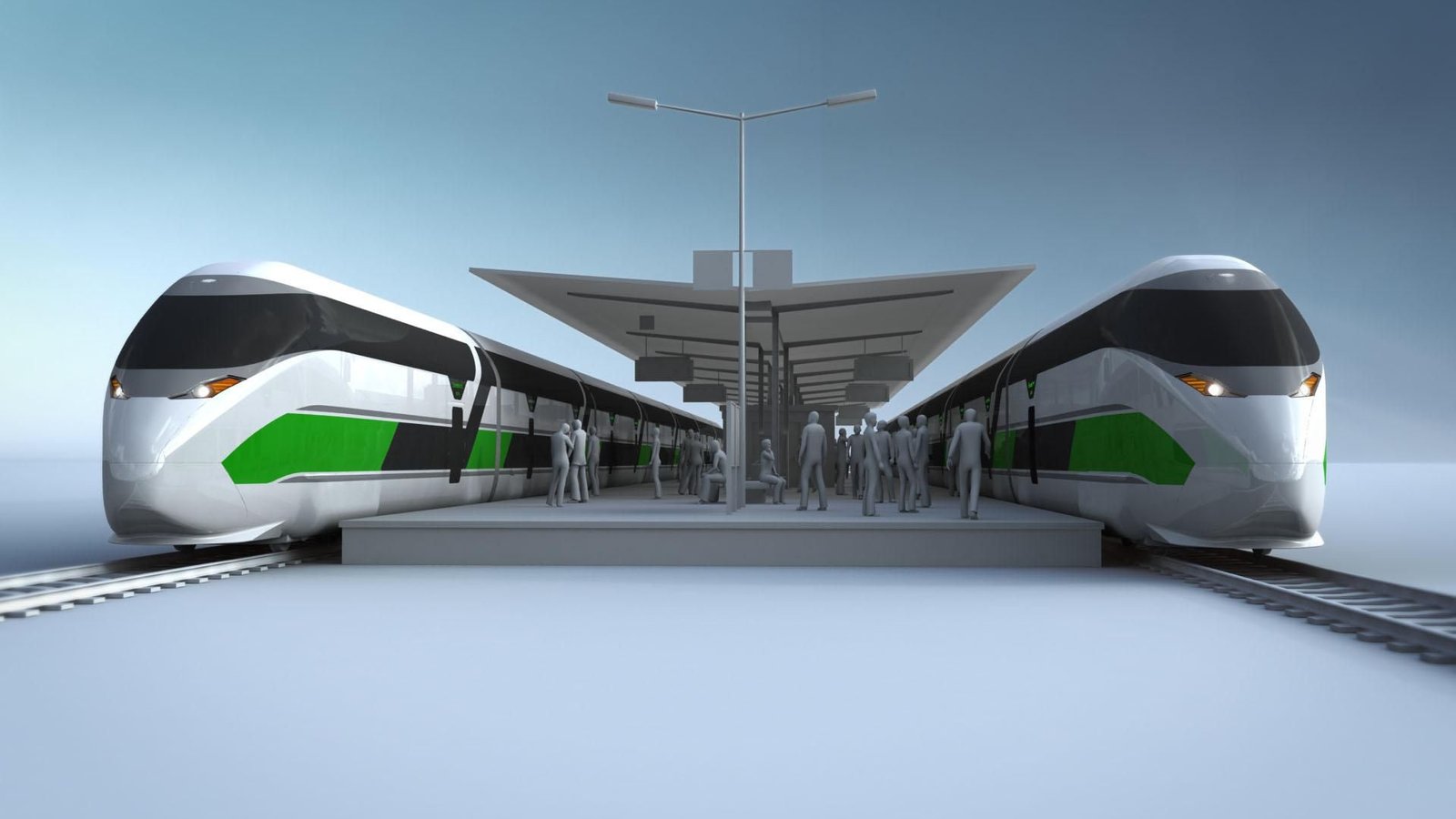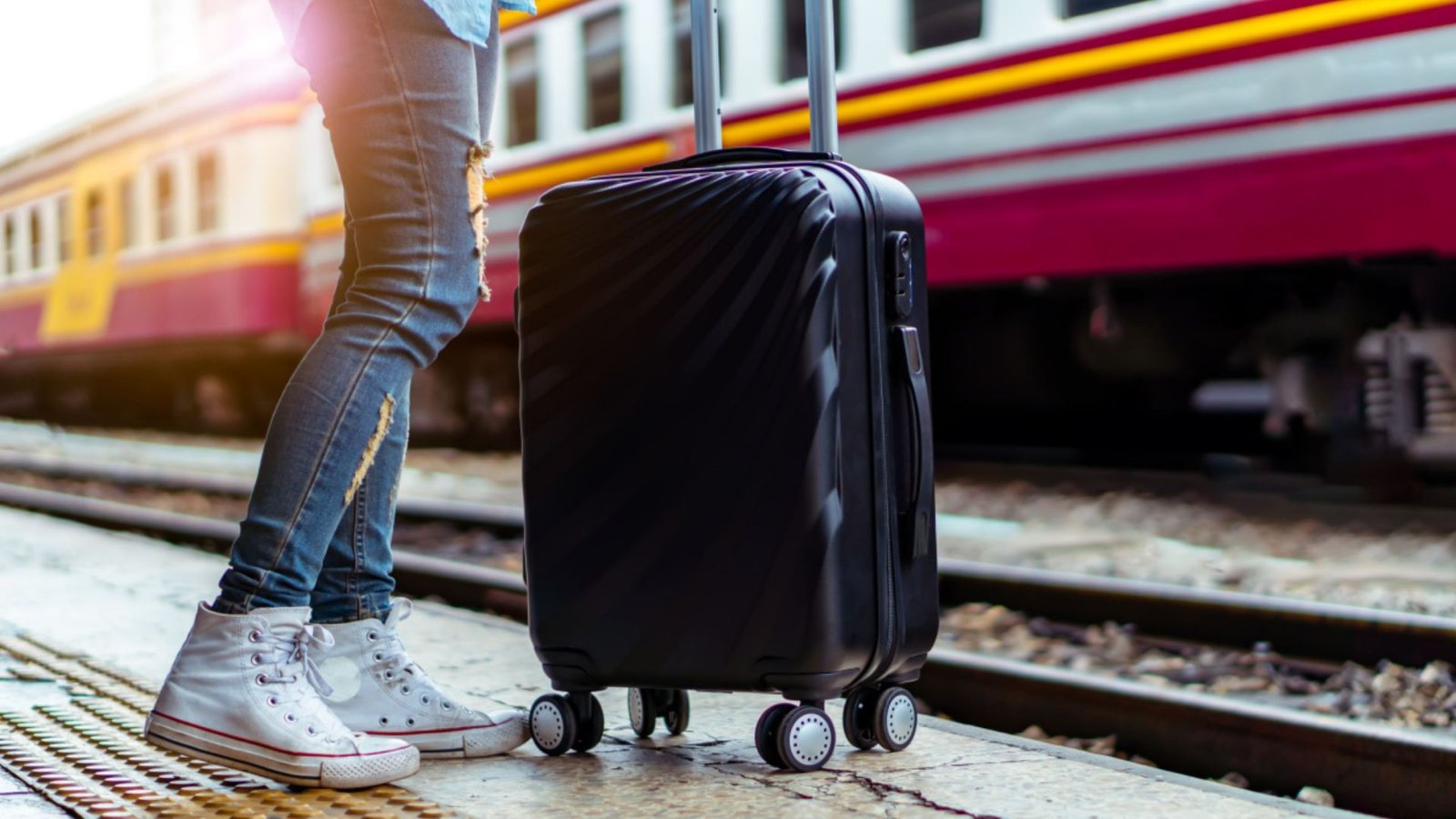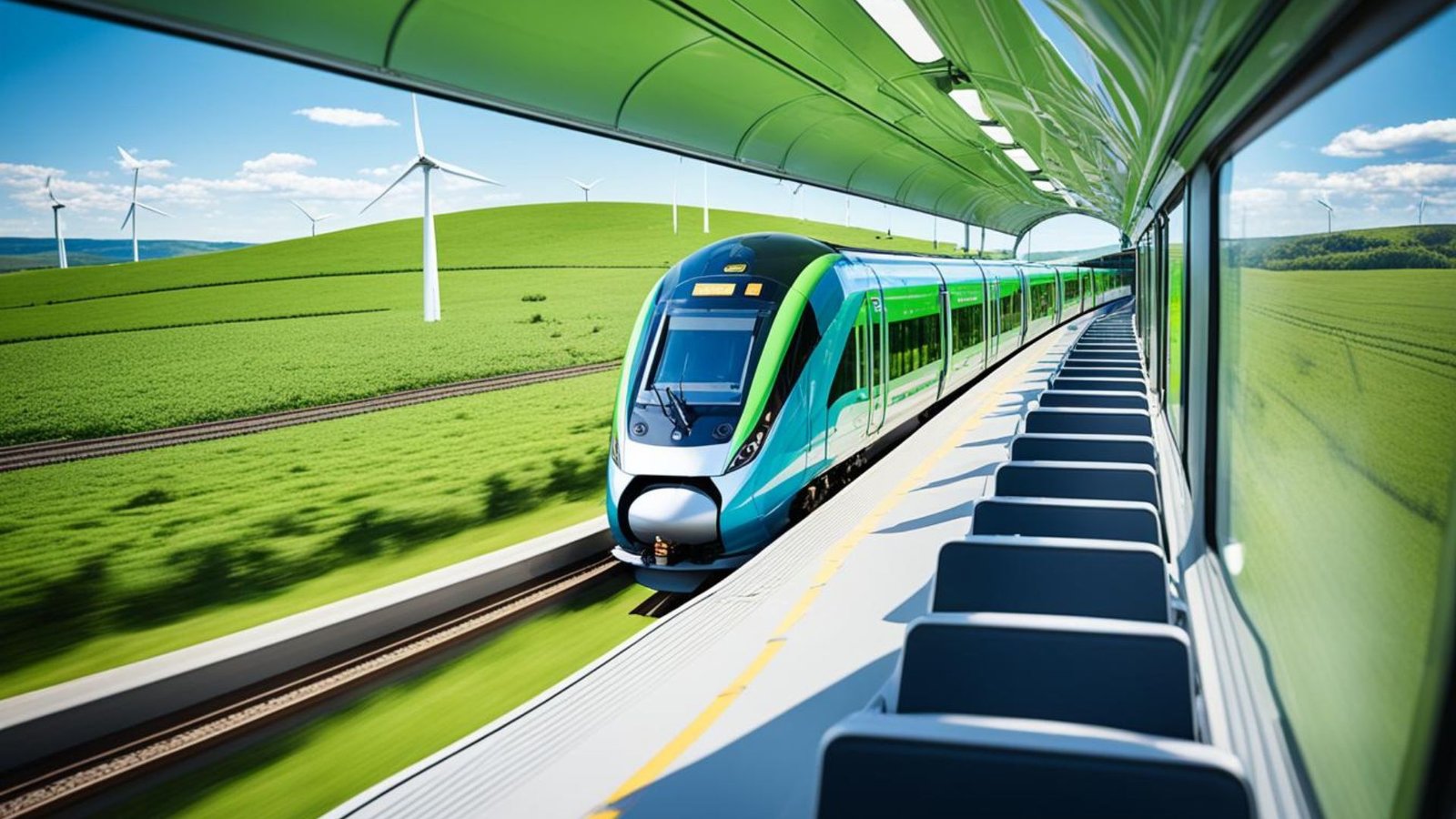As cities grow and environmental concerns intensify, rail is becoming the future of transportation for many reasons. Trains are efficient, eco-friendly, and offer a promising solution to the challenges faced by other forms of transportation. With ongoing advancements in technology and infrastructure, rail travel is positioned to be a dominant mode of transportation for years to come. Let’s explore why rail is at the forefront of future transportation solutions.

1. Rail Is an Eco-Friendly Transportation Option
One of the primary reasons rail is the future of transportation is its low environmental impact. Trains produce fewer carbon emissions compared to cars and airplanes. As the world shifts toward sustainability, eco-friendly rail travel is becoming a more attractive alternative.
Electric trains, which are increasingly common, are even more energy-efficient, making rail a green choice for travelers. The growing demand for sustainable transportation is pushing governments and companies to invest more in rail infrastructure. As a result, trains offer a more sustainable mode of travel that aligns with global efforts to combat climate change.
2. High-Speed Rail Is Revolutionizing Travel
Another major factor driving rail’s future dominance is the rapid development of high-speed rail systems. High-speed trains can travel at speeds over 200 miles per hour, drastically reducing travel time between cities. Countries like Japan, China, and much of Europe are already leading the way with extensive high-speed rail networks.
As high-speed rail expands in the U.S. and other parts of the world, rail will become the go-to option for long-distance travel. With faster travel times, more people will choose trains over flying for both convenience and affordability. High-speed rail is revolutionizing the way people think about transportation and is a key reason why rail is the future of transportation.
3. Rail Offers Efficiency and Convenience
Compared to driving or flying, rail is often a more efficient way to travel. Trains provide frequent, direct routes between major cities and towns, reducing the need for multiple modes of transportation. Unlike airports, train stations are typically located in city centers, making them more accessible for passengers.
In addition, train travel offers fewer delays. With air travel often delayed by weather or traffic congestion, rail offers a more predictable experience. This efficiency makes rail travel increasingly popular, especially in urbanized areas where train routes are integrated into public transportation systems.
4. Cost-Effective Travel for Passengers
Rail travel is often more affordable than flying, especially for short and medium-distance routes. With rising airfare prices, rail offers a budget-friendly alternative, especially when you factor in the convenience and comfort it provides.
Many countries are investing in affordable rail tickets to make train travel more accessible for the general public. Whether it’s an economy seat or a luxury sleeper car, rail offers a range of options for all budgets. The availability of discounted rail passes for tourists also makes trains an affordable travel option, particularly in places like Europe and Asia.
5. Reduced Congestion and Traffic
In many major cities, traffic congestion is a growing problem, particularly during rush hour. Rail networks can help reduce the number of cars on the road, easing congestion and improving air quality. As more people choose trains over cars, cities can reduce their dependence on individual vehicles and promote public transportation.
Urban rail systems, such as subways and light rails, are expanding rapidly in cities worldwide. These systems provide an affordable and efficient solution to urban congestion. As cities become more connected by rail, the need for personal cars will decrease, creating a more sustainable and efficient transportation landscape.
6. Rail Is a Safer Mode of Transportation
Rail travel is statistically safer than both car travel and air travel. Trains are less likely to be involved in accidents compared to cars, and the infrastructure supporting rail networks is designed to ensure safe, predictable journeys. The controlled environment of rail systems minimizes the risks associated with unpredictable road conditions or airline delays.
The safety record of rail systems makes it an attractive option for passengers concerned about the risks associated with other forms of transportation. With continued investments in safety technology and rail infrastructure, rail travel is expected to remain one of the safest modes of transportation in the future.
7. Enhanced Rail Infrastructure and Innovation
Ongoing investments in rail infrastructure are a significant reason why rail is the future of transportation. Governments around the world are focusing on expanding and modernizing their rail networks to keep up with growing demand. From high-speed rail lines to smart rail systems, innovation in rail technology is helping make trains faster, more efficient, and more convenient.
For instance, new developments in train signaling systems and automated trains are helping make rail journeys smoother and more efficient. The introduction of maglev trains (magnetic levitation trains), which float above tracks using magnets, promises to take speed and efficiency to new heights, further solidifying rail’s place in the future of transportation.
8. Rail Connects Regions and Boosts Economies
Rail is not only beneficial for travelers—it also plays a key role in regional development and economic growth. As rail networks expand, they connect remote areas with major cities, boosting local economies by making it easier for people to travel for work or leisure.
In many parts of the world, rail systems help transport goods, supporting industries and ensuring that products move efficiently between regions. As rail networks grow, they will become a backbone for economic development, improving trade and helping regions thrive.
9. The Appeal of Scenic Rail Journeys
Finally, one reason rail travel is becoming more popular is the appeal of scenic train journeys. Unlike air travel or driving, train rides offer passengers a chance to enjoy breathtaking views from the comfort of their seat. Whether it’s riding through the Swiss Alps or exploring the Australian Outback, scenic train routes are a key reason why rail travel is becoming a more desirable option for many tourists.
As the global tourism market continues to grow, more travelers are seeking unique and memorable experiences—and scenic train rides offer just that. With the rise of luxury rail journeys, travelers can experience some of the world’s most beautiful landscapes in comfort and style.
Conclusion
In conclusion, rail is the future of transportation for a variety of reasons. From its environmental benefits to efficiency, affordability, and safety, rail travel is positioning itself as a key player in the global transportation industry. As high-speed trains become more widespread and rail infrastructure improves, rail will continue to be a sustainable, convenient, and attractive choice for travelers worldwide.
With growing investments in train systems and rail technology, it’s clear that rail will be an essential part of the future of transportation, shaping the way people travel for generations to come.




